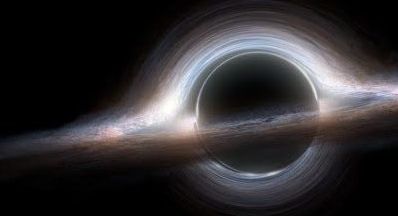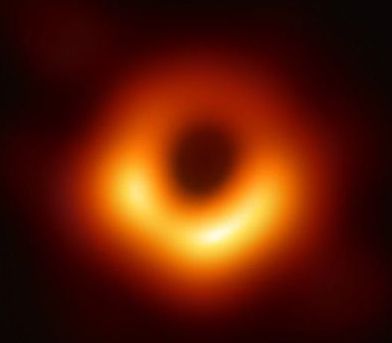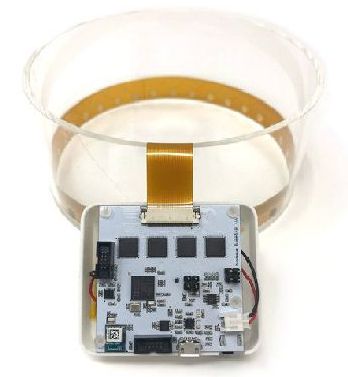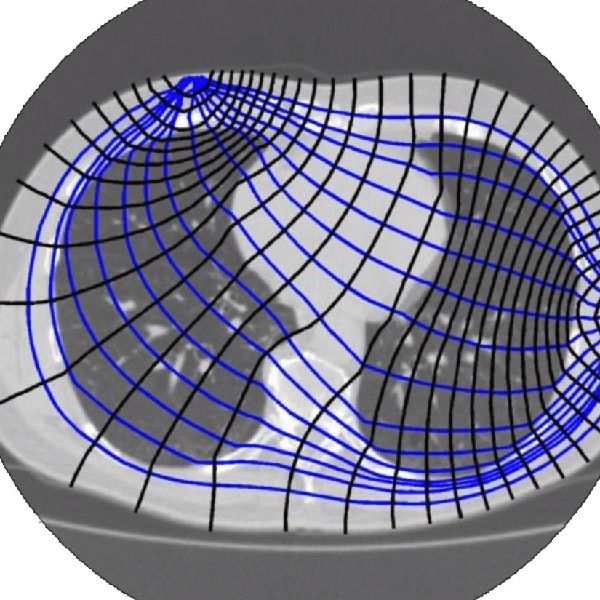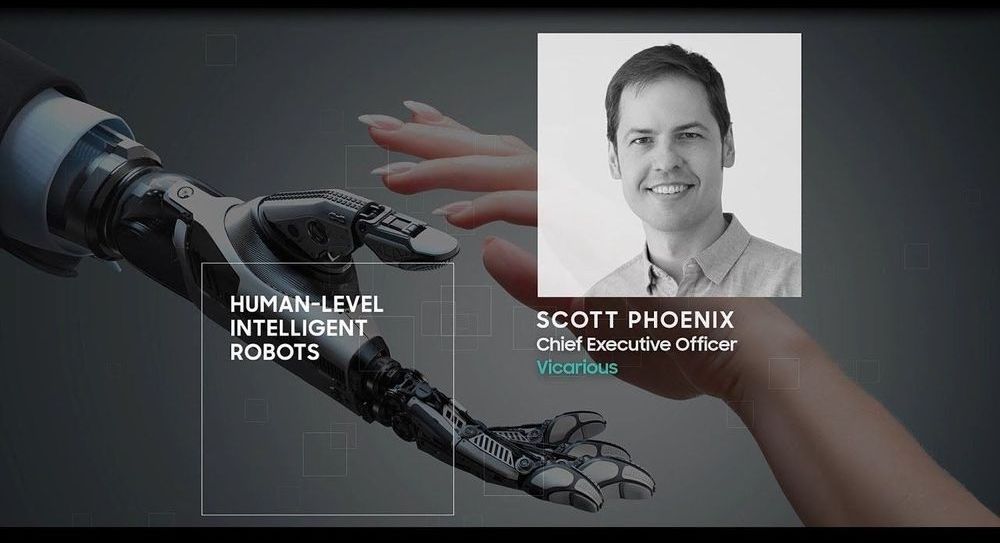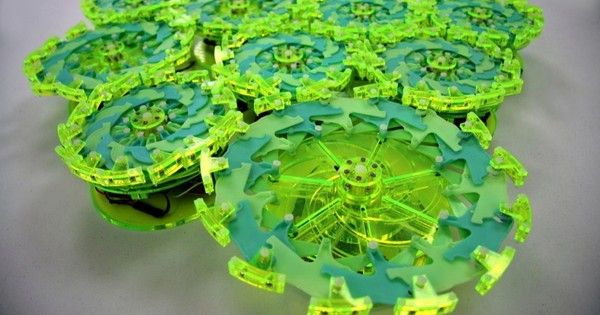Nuclear fusion holds untold potential as a source of power, but to recreate the colliding atomic nuclei taking place inside the Sun and generate inexhaustible amounts of clean energy scientists will need to achieve remarkable things. Tokamak reactors and fusion stellarators are a couple of the experimental devices used in pursuit of these lofty goals, but scientists at the University of Washington (UW) are taking a far less-frequented route known as a Z-pinch, with the early signs pointing to a cheaper and more efficient path forward.

